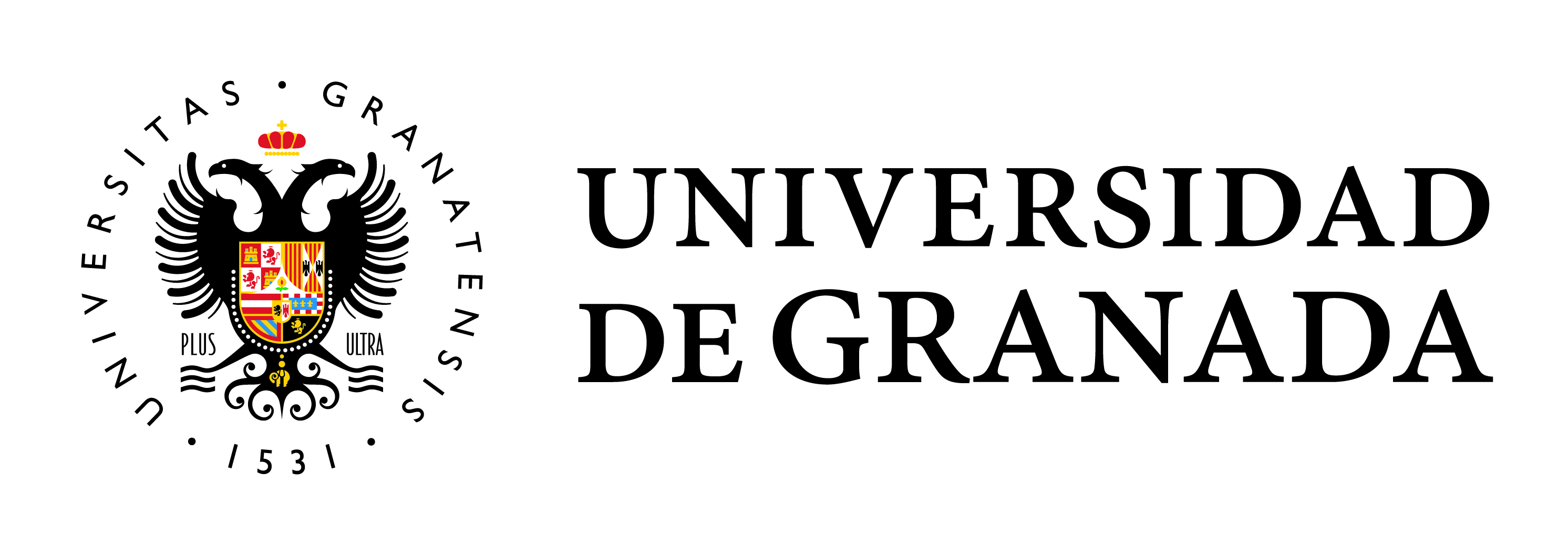Households with Multidimensional Poverty at Bogotá. Aspects of their spatial distribution at the block scale
Main Article Content
Abstract
The aim of this paper is to address the levels of segregation and homogeneity in the spatial distribution experienced by households affected by Multidimensional Poverty in Bogotá, at different scales: on the one hand, the entire capital agglomeration, and, on the other, the 19 localities that comprise it. Additionally, for those localities where levels of segregation are higher, we will identify the presence of statistically significant clusters with high and low concentrations of poor households. This is a purely quantitative investigation, and the necessary information to carry it out has been obtained from the 2018 Population Census, at block scale. Data have been analyzed using a variety of statistical instruments aimed at accounting for different aspects of segregation: Theil and Segregation Index, Location Quotient, and spatial autocorrelation (Moran´s I, and LISA clusters). The results indicate, on one hand, that the levels of homogeneity in the spatial distributions of households with Multidimensional Poverty differ among the localities comprising the capital agglomeration; on the other hand, that in those where homogeneity is higher, poor households are affected by higher levels of residential segregation, with non-random spatial distributions showing a clear spatial separation between statistically significant high-high and low-low clusters.


